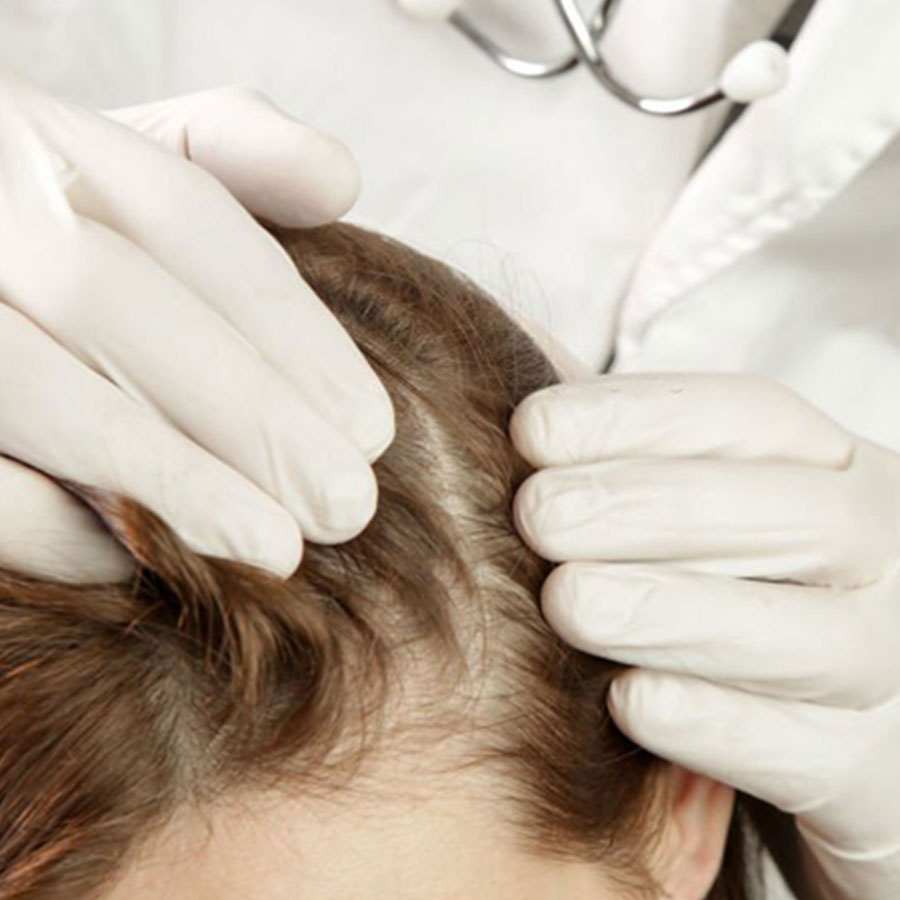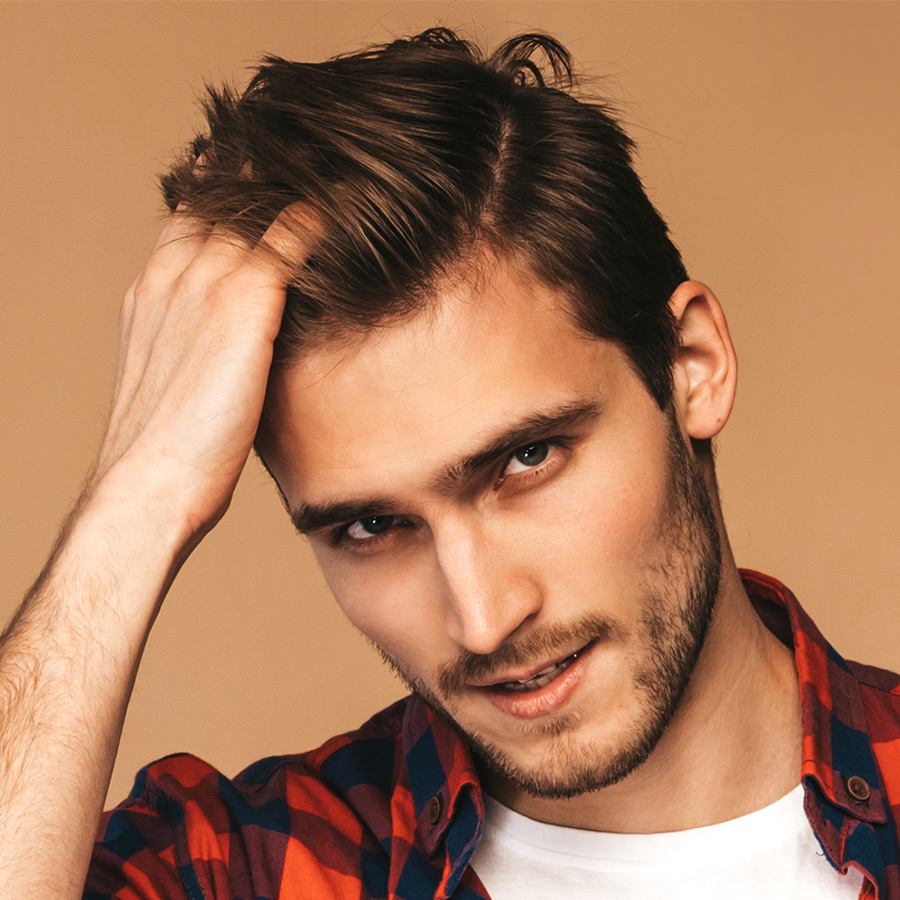
PRP, or platelet-rich plasma, is a non-surgical treatment option for hair loss and thinning hair that uses the patient's own blood to stimulate hair growth.
The treatment involves drawing a small amount of the patient's blood, separating the platelets from the other blood cells, and then injecting the concentrated platelets back into the scalp.
PRP has been used for decades in the field of medicine to help accelerate healing and improve tissue repair, and it is now being used as a treatment for hair loss as well.
PRP is a relatively new treatment option for hair loss, but it has already shown promising results in clinical studies.
PRP is not a cure for hair loss, but it can be an effective treatment option for many people.
PRP is a non-surgical treatment option for hair loss and thinning hair that uses the patient's own blood to stimulate hair growth.
It has shown promising results in clinical studies and has few side effects. While it is not a cure for hair loss, it can be an effective treatment option for many people.

Production of new blood vessels in the scalp, which can improve the delivery of nutrients and oxygen to the hair follicles. This can help improve the health of the hair follicles and promote new hair growth.
PRP may also stimulate the production of collagen, which is a protein that helps to give structure and support to the hair shaft. This can help to improve the overall health and appearance of the hair.
PRP is typically administered through a series of injections into the scalp. The number of injections and the frequency of treatments will depend on the individual's specific needs and the severity of their hair loss.
PRP is a relatively quick procedure, with most sessions taking less than an hour to complete. The procedure is generally well tolerated, with minimal discomfort and no downtime.
Overall, PRP offers a non-surgical, non-pharmaceutical option for individuals seeking to improve their hair growth and combat hair loss.

Platelet-rich plasma (PRP) therapy is a medical treatment that involves injecting a concentration of a patient's own platelets into an area of the patient's body to promote healing and cell growth.
1. Platelets contain growth factors that can stimulate the hair follicles to enter the anagen (growth) phase.
2. PRP therapy may increase blood flow to the scalp, which could help nourish the hair follicles and promote hair growth.
3. PRP therapy may stimulate the production of collagen, which is important for maintaining the structure of the skin and hair.
4. PRP therapy may improve the thickness and density of the hair.


It is difficult to determine exactly how long the effects of platelet-rich plasma (PRP) therapy for hair growth will last, as there have been few long-term studies on the topic.
In general, the effects of PRP therapy for hair growth may be temporary, and additional treatments may be needed to maintain the results.
PRP therapy involves injecting a concentration of a patient's own platelets into the scalp to stimulate hair growth.
Platelets contain growth factors that can stimulate the hair follicles to enter the anagen (growth) phase.
However, the evidence supporting the use of PRP therapy for hair growth is still limited, and more research is needed to fully understand its effectiveness.
It is also worth noting that the results of PRP therapy for hair growth can vary from person to person. Some people may experience significant hair growth after a single treatment, while others may need multiple treatments to see results. The frequency and number of treatments needed may depend on the individual's hair loss condition and the severity of their hair loss.
In general, PRP therapy is considered a safe and minimally invasive treatment option for hair loss. However, as with any medical procedure, there are potential risks and side effects associated with PRP therapy. Some people may experience mild pain, swelling, or bruising at the injection site, or they may develop an infection.
To maintain the results of PRP therapy for hair growth, it is generally recommended that people undergo additional treatments every three to six months. However, the optimal frequency and number of treatments needed to maintain the results of PRP therapy may vary from person to person.
In conclusion, the duration of the effects of PRP therapy for hair growth is uncertain and may vary from person to person. While some people may experience significant and lasting hair growth after a single treatment, others may need multiple treatments to see results. The frequency and number of treatments needed to maintain the results of PRP therapy may also vary from person to person.
If you are interested in PRP as a treatment for your hair loss, it is important to consult with our qualified doctors to determine if it is the right treatment option for you.